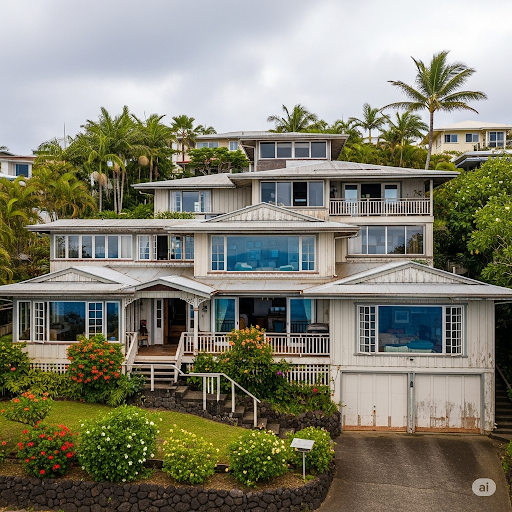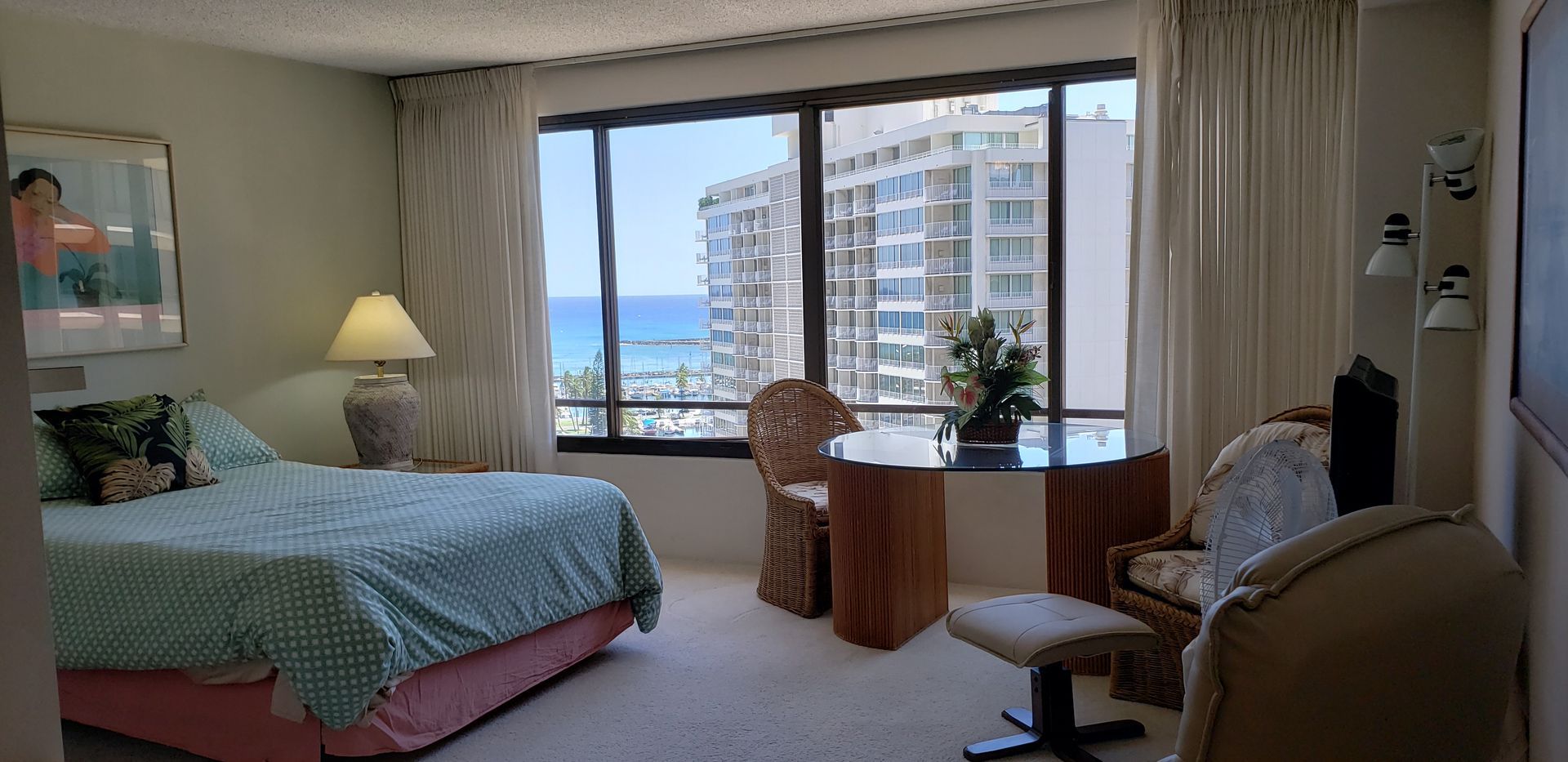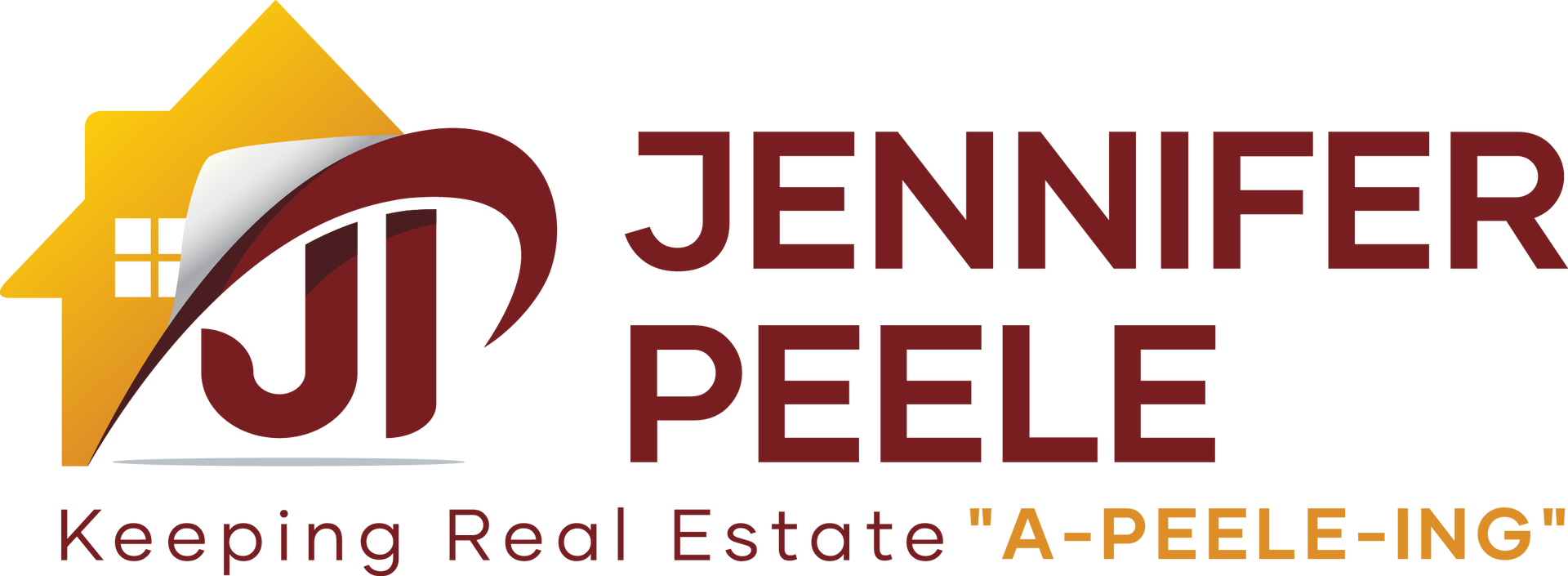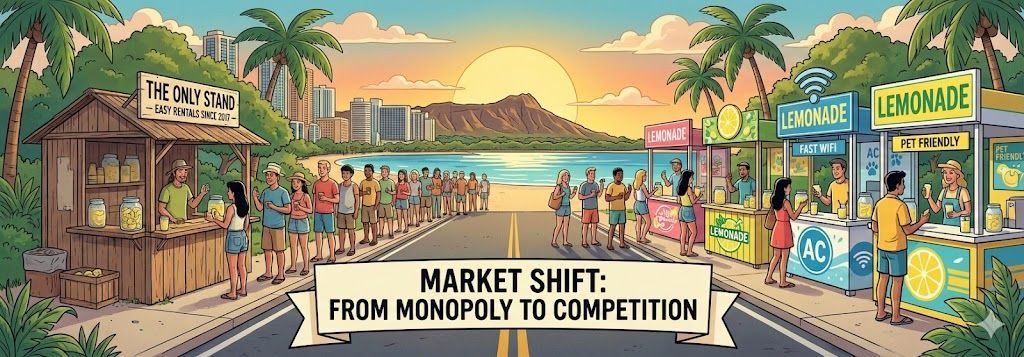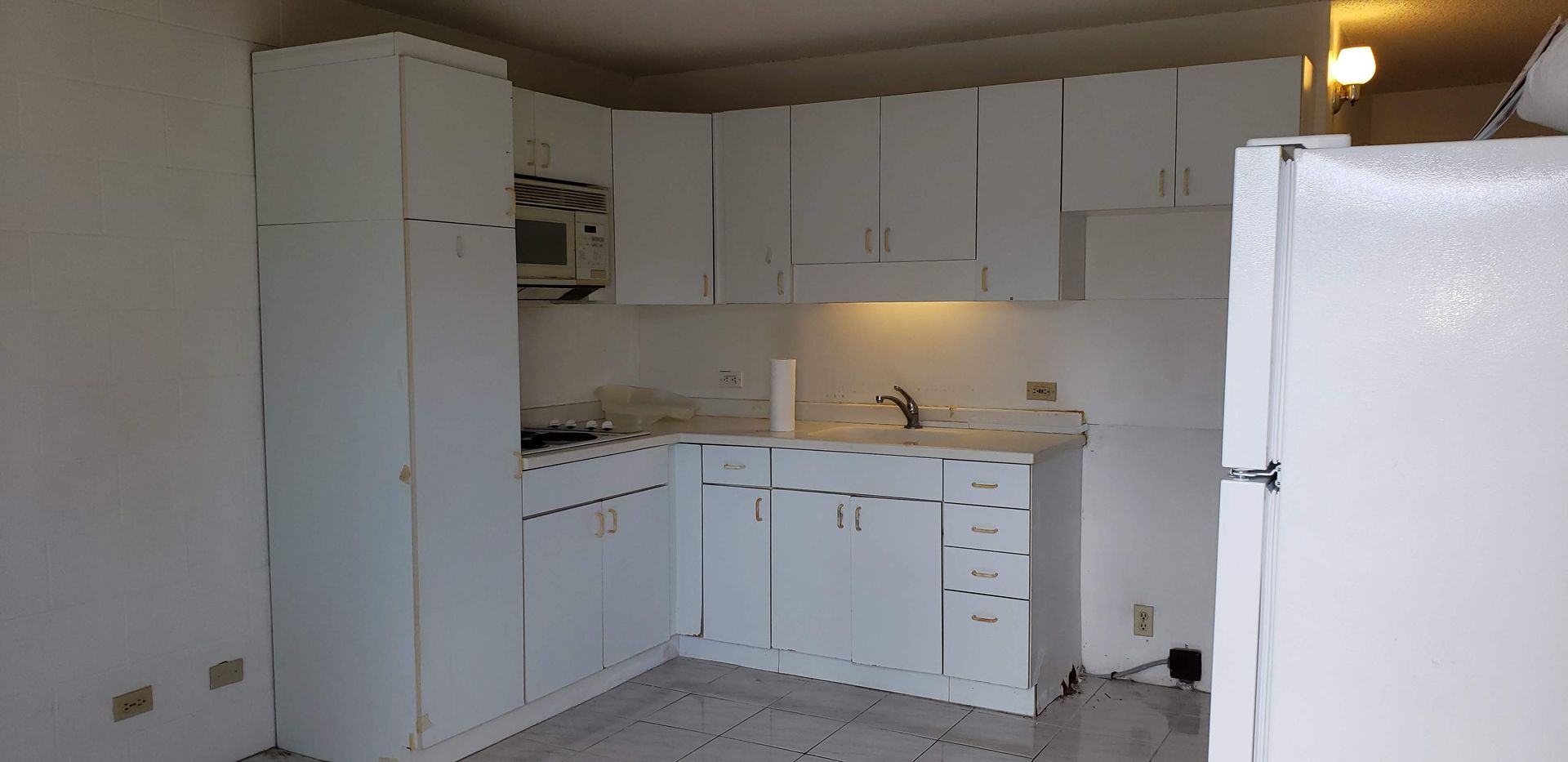The Costly Myths about Assumable Loans: Buyers and Sellers
As a realtor in Oahu, I've noticed a significant number of assumable VA loans available, alongside many misconceptions about the process. With so many sellers holding onto low interest rates from a few years ago, these loans are becoming an incredibly powerful tool for both buyers and sellers in today's market.

Let's break down what a VA loan assumption is, how it works, and how it can benefit you – whether you're buying or selling. We'll also bust some common myths and uncover the realities of this unique opportunity.
What Is a VA Loan Assumption?
A VA loan assumption allows a homebuyer to take over (or "assume") the seller's existing VA mortgage. This means the buyer steps into the original borrower's shoes, inheriting the current interest rate, remaining balance, and repayment terms.
Instead of applying for a brand-new loan at today's potentially higher market rates, the buyer simply continues making payments on the same mortgage. This can be incredibly attractive, especially when the existing loan boasts a much lower interest rate than what's currently available.
How Does VA Loan Assumption Work?
Eligibility:
- Seller: The seller must have an existing VA loan that's in good standing.
- Buyer: Here's where a big misconception comes in! The buyer does NOT need to be a veteran. Any qualified buyer can assume a VA loan, provided they meet the lender’s credit, income, and debt-to-income requirements. That's right – anyone can apply to assume a VA loan!
Process:
- Buyer Application: The buyer applies to assume the loan and undergoes financial qualification with the existing lender.
- Lender Review: The lender reviews and approves the assumption.
- Gap Financing & Fees: The buyer pays the difference between the home’s sale price and the remaining loan balance (often called "gap financing" with cash). Additionally, they pay a 0.5% VA funding fee and standard closing costs. If you do not have enough for the "gap Financing" in cash, keep reading for a creative solution!
- Transfer & Takeover: Once approved, the loan is transferred, and the buyer takes over payments at the original, attractive interest rate.
Timeline
Recent VA policy changes require lenders to process assumptions within 45 days. This makes the process much faster than in previous years, when it could sometimes drag on for several months.
Benefits for Buyers:
- Lower Interest Rates: This is a huge win! Buyers can take over an existing VA loan with a locked-in, lower interest rate – often significantly below current market rates. For example, assuming a 3% loan instead of taking out a new 7% mortgage on a $400,000 loan could save you nearly $1,000 per month in principal and interest payments!
- Reduced Closing Costs: Assumptions typically involve fewer fees and lower closing costs compared to originating a brand-new loan. The VA funding fee for an assumption is just 0.5% of the loan balance, and often, appraisals aren't required, which can also prevent potential delays in the sale.
- Accessibility: REALITY! VA loan assumptions are not just for veterans. Any qualified buyer can assume the loan, broadening access to incredibly favorable financing.
- Streamlined Process: While many are told the process can be long (MYTH), the assumption process can actually be simpler and faster than applying for a new mortgage (REALITY), especially since some standard lending requirements may be bypassed.
Benefits for Sellers:
- Expanded Buyer Pool: Offering an assumable, low-rate VA loan makes your home far more attractive to buyers who want to avoid today’s higher rates. This can lead to a quicker sale and potentially even a higher selling price due to the built-in benefit of a lower interest rate for the buyer.
- Restoration of VA Entitlement: If another veteran assumes your loan and substitutes their own entitlement, you can regain your full VA loan benefits. This allows you to use those benefits for future home purchases. Keep reading for a creative solution if the buyer ends up NOT a veteran!
- Competitive Edge: In a challenging market where affordability is key, offering an assumable VA loan with a below-market rate can truly make your listing stand out and generate significantly more interest.
Covering the Equity Gap
If your home's value has increased, buyers will need to cover the difference between your current loan balance and the sale price. As the seller, you can help facilitate the sale by offering a "carryback" – essentially, financing part or all of that gap yourself. This can make it significantly easier for buyers who might not have enough cash upfront to still purchase your home.
Entitlement Tip: Wraparound Mortgages
For sellers concerned about their VA entitlement not being restored immediately, a wraparound mortgage offers another creative solution. In this scenario, the buyer doesn't directly assume your existing loan. Instead, they make payments to you, and you continue paying your original mortgage. You can negotiate a balloon payment within a few years, which allows you to regain your VA entitlement once your original loan is paid off. If you'd like to explore this or have more questions about other creative solutions, feel free to reach out.
Fun Fact: FHA, VA, and USDA loans are the primary types of assumable mortgages available today!
Ready to explore your assumable opportunities as a seller or buyer? I'm here to help you make the most of Oahu's unique real estate market! Book a free consultation.
Jennifer Peele, Keeping Real Estate "A-PEELE-ING"!
